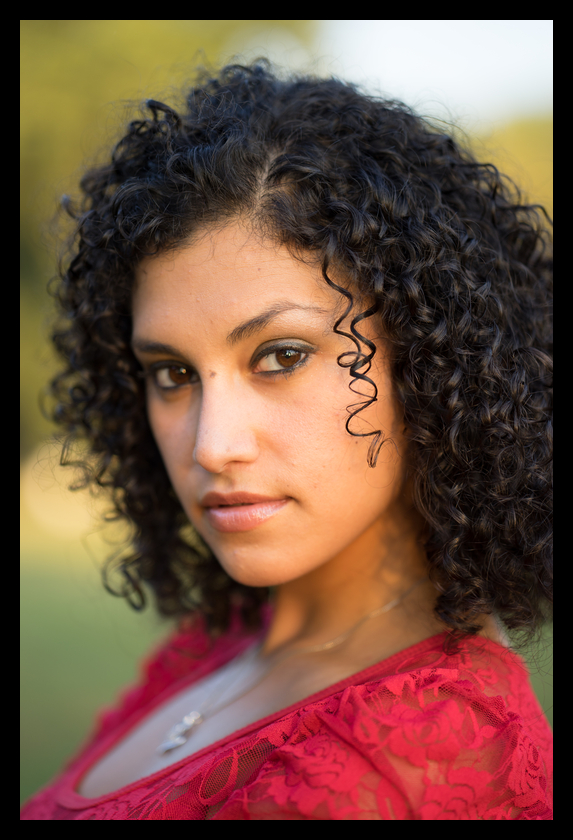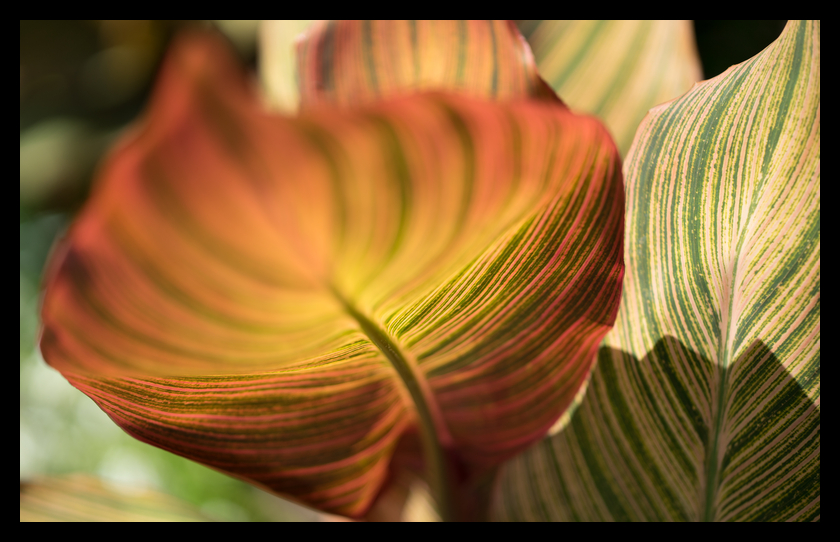The problem with reviewing Carl Zeiss lenses is that in the end there's often little to say.
Yes, I could repeat the press release or the articles published at the time of the announcement, which would tell you that Zeiss introduced a new line of autofocus lenses for the Sony full-frame E-mount, called Batis.
And that the first two lenses in this series are a 25mm f/2 and an 85mm f/1.8. That the 85mm is stabilized. That they're both weather sealed. That the 85mm sets you back $1,200, while the 25mm goes for $1,300.
I could share with you the layout and the optical elements, dimensions and other things that one can put into a lens review to flesh it out and increase the chances that the search engines will find the fruits of the writer's efforts.
But I'm not going to do that. I'm just going to tell you that these are some fine lenses and that they would be a worthwhile addition to your Sony kit if you can spare the money, are interested in these focal lengths and have the patience to wait for them, as they are in extremely short supply.
As a matter of fact, I think these lenses could be a reason you want to stick with the Sony kit. A Sony A7-series with the Batis 85mm is an awesome portrait kit, with little competition. Yes, Zeiss' own Otus 85mm f/1.4 would beat it, but that's only manual focus and way more expensive. Canon's 85mm f/1.2 L apparently is one awesome beast, but it's slow to focus and also more expensive. While a portrait at 42mp with the new Sony A7r II might be a bit unflattering for many, one done at 24mp with the Sony A7 II generally will be just right.
Similarly, the 42-mp Sony A7R II with the Batis 25mm can result in extremely sharp landscapes and, since the lens focuses as closely as 8ft (20cm), it allows for creamy bokeh should you so desire. In a quick test, it easily beat some of the competition.
I don't know about you, but a kit consisting of the Batis 25mm, the Sony Zeiss 55mm and the Batis 85mm, with the 35mm f/2.8 thrown in for snapshots, is one hell of a collection covering landscape, general assignment and portrait work with top quality lenses on top quality sensors. That's what I'm lusting after.
Actually, since the Sony A7 series is the gateway to these lenses, I would find it harder to give up on Sony than I did before these lenses appeared, much like Canon's 135mm f/2 lens makes me want to keep a Canon body around.
These are, by the way, the first Zeiss lenses I have reviewed as loaners that I actually intend to buy. I have pre-ordered the 85mm and will order the 25mm once I can scrounge up some money (read: sell other gear). I reviewed both Otus lenses, but can't afford them and often lack the patience for manual focus. I reviewed the Loxia lenses, but again they're manual focus, and I think they're really aimed at videographers and not at still shooters.
So, I did lead with the conclusion, a bad habit and one that would have given me lousy marks in journalism school. Let me try to make up for it by describing my two weeks with the Batis duo on the Sony A7R, A7 II and A7R II.
Design
You've seen the pictures. You know what they look like. They're basically designed as mini Otuses, with smooth surfaces and a rubbery focus ring. They're large on the Sony, but not too heavy. You either like the design or not.
The eye-grabbing detail at launch was the addition of an OLED screen showing focal distance and hyper-focal distances at a given aperture. Like other reviewers, I think it's cool, but I didn't use it. On the 25mm I could envision using it for street shooting, using a hyper-focal setting that covers your shooting distance. On the 85mm, I don't think it's needed.
I did ask Zeiss how to change the scale from feet to meters, being the European that I am. Their answer was a link to this video.
I do miss the aperture ring, but have long resigned myself to the fact that most systems have abandoned it and I should stop longing for it. None of the lenses I use the most have one.
I trust the weather sealing on the lenses, as the build quality seems really high. Ironically, though, I found myself in a downpour with two cameras, each with one Batis on it. I didn't worry about the lenses, but doubted the cameras could withstand that much rain. So, everything went into the plastic bags I brought with me.
Designing lenses that have better weather sealing than the cameras they're made for makes you wonder if Zeiss knows something about Sony's plans for a higher-end full-frame E-mount camera with real weather sealing or if they just decided to one-up Sony in this regard.
Use
They're autofocus lenses, so let's go with that. They focus fast, except when the light gets low. That's probably a fault with the camera, as the A7-series is still showing growing pains in some aspects. Focusing in low light (with the exception of the A7S, which I no longer have) and continuous focusing are among the weak points of the Sony system.
I can't say I like the manual focus ring. It's fly by wire, so unlike the Loxia and Otus, there's no real feel to it. You just turn and turn and miss the tactile feel of reaching perfect focus as you maneuver the elements in perfect alignment. Then again, I would not use manual focusing with these lenses at all.
Image Quality
Starting with the 85mm, image quality is great throughout the range. I can't find fault with this lens. It's tack sharp, offers great subject separation and - to my eye - beautiful bokeh. It's my new preferred portrait lens.
The 25mm suffers from chromatic aberration wide open, which can be fixed in Lightroom or prevented by stopping down a bit. It's generally sharp from corner to corner. There's a bit of softness at f/2 in the extreme corners, but this quickly disappears as you stop down. Otherwise, like the 85mm, the lens offers great contrast, sharp images and a smooth flow from areas in and out of focus.
Conclusion
Quality-wise there's nothing wrong with these lenses. If you can afford them and they suit your shooting style, go get them.
They're so good I hope Zeiss will ramp up production to deal with demand and quickly roll out more lenses. Here's hoping the next one will be a 135mm f/2 or f/1.8.
These lenses don't exist in a vacuum, however, so let's look at what else is out there and how they fit in the overall system.
First of all, like the recent Sony primes, these lenses are growing. Whereas the Sony A7 started as a system with a few small 35mm and 55mm primes, now it's bulging with fairly large zoom lenses and large primes, such as the 35mm f/1.4 and the 90mm f/2.8 macro. The Batis line is also quite large compared to the earlier primes.
There is currently no competitive prime lens for the 25mm Batis, at least nothing that offers this image quality and AF. Sony's own 28mm f/2 doesn't come close in image quality, though it is much smaller and thus easier to carry along. It also less than half the price of the Batis.
The 85mm sits close to the Sony G 90mm f/2.8 macro lens, which is apparently a stellar lens. If you're into macro photography, that lens might be a better option for you than the Batis, which doesn't focus that close. For portraits, though, go with the Batis.
As with some other lens tests, larger versions of the above images and additional images showing bokeh at various aperture stops are available on Flickr. Those images are straight out of the camera, except for straightening of the horizon in some and slight exposure corrections in others. The model shots were taken at sunset under quickly changing light, hence the inconsistency in white balance/exposure.
The model is Bella, whose ModelMayhem profile can be found here.
By John van Rosendaal




